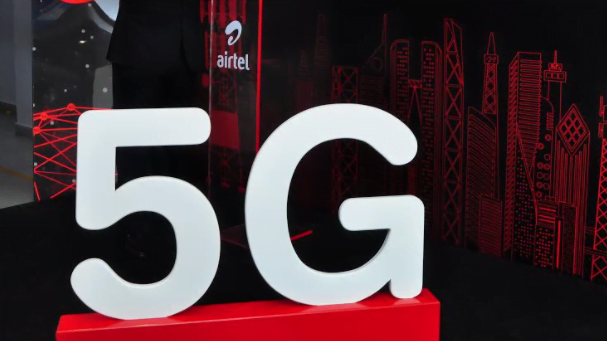In the recently concluded spectrum auction, we saw a lot of action power play between Reliance Jio and Bharti Airtel, both of whom were bidding strategically to ensure that the other operator is put in a position of disadvantage. This was to enable them to offer better services to their subscribers compared to the competitors and increase their respective subscriber and revenue market shares.
For the unaware, in the recently concluded auction, the 3.5 GHz band also known as C-Band spectrum which was put up for sale had some limitations in certain circles like Himachal Pradesh, North East, Jammu & Kashmir, Rajasthan and Uttar Pradesh West (3.3-3.4 GHz) where it was not available for 50 KM from the international border. Also 30 MHz (3.4-3.43GHz) was unavailable in a certain radius around satellite landing stations in circles like Karnataka, Kerala, Madhya Pradesh, North East and Rajasthan.
Reliance Jio strategically placed bids for 130 MHz (also the spectrum cap for this band) in each of these 8 circles to ensure that it gets the clean contiguous spectrum which did not have these limitations of unavailability in certain parts of the circle. This put Airtel at a disadvantage, forcing it to get the spectrum with limitations in these circles. Airtel on its part retaliated by competing with Jio for the 1800 MHz band in UP East and pushing its price to over 70% higher than the floor price, to put Jio at a disadvantage with respect to higher payout.
According to a report by Economic Times, Airtel may consider entering into a spectrum sharing deal with Vodafone Idea for C-Band in the circles like Karnataka, Kerala, Madhya Pradesh and Rajasthan to make a contiguous block of 80 mHz. Whereas the same is not possible in circles like North East, Himachal Pradesh and Jammu & Kashmir since Vi doesnt hold 3.5 GHz band spectrum in these circles and sharing is possible only when both operators possess spectrum in the same band in a particular circle.
The exclusion zones are restricted to a few villages around the border and six small towns, which constitute a very small area (and population) as compared to the total area of spectrum allocation. The exclusion zones would still be covered with more than 70 units of spectrum in the 3.5 GHz band – out of a total 100 units won – in addition to a large quantum of spectrum available in other bands.
an Airtel spokesman said in a written response to ET’s queries.
The report mentions that in the remaining 4 circles where sharing isn’t possible, Airtel may consider requesting DoT to perform harmonisation of spectrum to make its holdings contiguous and clean, to be at par with that of Jio.









Unterstand one thing
cartel form and vanish with time.
airtel will make deep analysis before any move for spectrum sharing ,
second airtel alredy prepared plan to make proposal and do lobbing to get harmonized spectrum in not just 4/8 but all circles.
thirdly by reading thoroughly one thing is clear exclusive zone are just 50km area in bhopal, hassan and triivendrum, jaipur.
where 5g demand can easily met with 70mhz spectrum in hand. for 1-2years
and no brainer that 5g demand in border village in c circle like jnk, NE and HP is not need of time.
@esmail So basically Airtel won’t be able to use its 100Mhz of spectrum ? If yes then Will DoT refund money of quantum of spectrum that can’t be used by Airtel ?
They will be able to use it throughout the circle, apart from those pockets of exclusion where it is not allowed to be used. the exclusion zones are very small compared to the size of the circle. And DoT has not charged Airtel for the spectrum in the exclusion zone, so the question of refund does not arise. If in the future DoT is able to assign the spectrum within the exclusion zones to Airtel, then they will charge for it on a pro-rata basis for the remaining duration of validity.
And will jio able to use 100 Mhz of spectrum?
Yes, as Jio has been assigned spectrum in the frequency range of 3470 Mhz – 3600 Mhz in these 8 circles. Not just 100 mhz, they will be able to use entire 130 mhz (with CA).